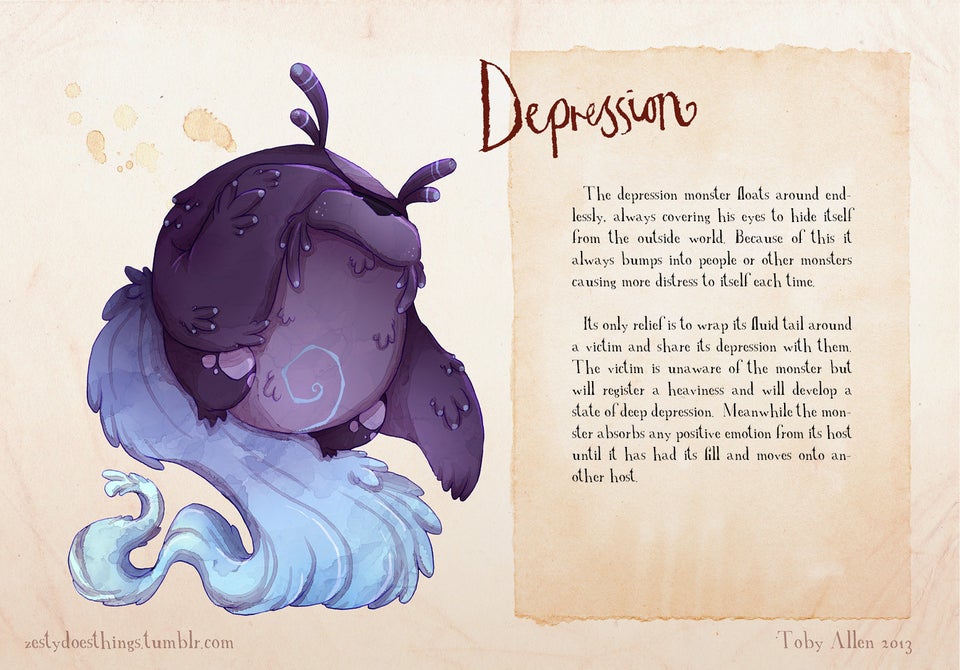A big eye with a dilated pupil emits blue-green rays. Above it, there's a web of words. Some of them describe desires, others are no more than jumbled cliches and loud, hackneyed mantras.
It's the work of David Shillinglaw, a street artist and doodler whose folk-inspired work depicts human faces and the thoughts that rush around in our brains. His sketches blend the cacophony of the outside world with the tumult of personal thoughts. Below, he discusses his new book, The Dance of 1000 Faces, and why your eyes are "the best camera you'll ever own."
What inspired you to start drawing faces?
I have been drawing faces for as long as I can remember. I think most of us do, even when doodling while on the phone. It’s a very automatic thing for me to draw a face. I feel that if you present an audience with a face they immediately recognize it. It is an access point to get people into the art. The faces I draw and paint are somewhere between a self-portrait and a portrait of everyone I have ever met, a universal face able to speak to anyone.
Who are a few of your aesthetic influences?
That changes all the time, and the list gets longer every day. There are the classic historical giants like Francis Bacon, Philip Guston or Picasso. Living artists that blow my mind are Simon Evans, Marc Bell and Tom Sachs, to name a few, but most of my influences come from non-art sources, such as folk art, outsider art, comic book art, or writers like William Burroughs. I am currently rereading The Man Who Mistook His Wife for a Hat and consider Oliver Sacks to be one of my heroes in terms of understanding the human condition.
What do you enjoy about a more abstract approach to drawing faces?
I am in love with the idea of abstraction, but feel the need to prompt or guide the viewer into a space they recognize. I see my work as somewhere between pop art and abstraction, with a side order of surrealism. I was spoon fed art history at school and university, so my work plays with a lot of those historical rules or movements, remixing all the historical influences and trying to find my own voice, a bit like how hip-hop samples from the past and creates a new track by recycling snippets from past masters. This works well with portraiture. The face is a sign; there are universal features we all share, we all get it, two eyes, two ears, a nose and a mouth, but each one is so different, so you can get away with playing with abstractions, because we all have abstractions too -- blemishes, birth marks, battle scars, spots and shadows. Everything is abstract until you learn what it is.
Your work is very language-heavy. Do you find that there are emotions or experiences that can’t be conveyed with imagery?
Not all my work has words or language, but I love words, and playing with words, puns, idioms, bad spelling, mistranslations. Words and numbers are perhaps the first abstractions, they are just shapes and forms until you learn what they mean. Arabic and Chinese are completely abstract to me, and sometimes I worry that if a work is too reliant on one language, then it will divide the audience. I am very interested in a universal language, but words and numbers are a big part of that too, with advertising, road signs, email pop-ups, QWERTY keyboards.
Our visual world is saturated in type and digits, so they find their way into my paintings. Often it is less a specific meaning, more the texture of language I want, an overheard conversation, or a half-read headline on a passing newspaper stand. I definitely think there are emotions and experiences that are beyond words, but I enjoy the way we use language to attempt to express these things. I often borrow from other people's words -- lyrics in songs or famous quotes -- but I also enjoy the form of words and numbers, like shapes they move in different directions.
Your aesthetic resembles notebook sketches, but you’ve made larger-scale projects, too. How do you feel about seeing your work in book form as opposed to mural form?
I feel that both have their strengths. A mural is large, so it is visually loud and has the ability to speak to a lot of people, and more important, it can speak to people who are just walking past. With a large mural you can make an impression on an unsuspecting audience. A book is the complete opposite. You have to want to open the book. It really is a solo experience. It is a personal space, a private view. You turn the pages, the paper even has a certain smell. It’s an exhibition for one.
[A book] also allows the representation of work that would be very difficult to paint on a wall. Sketchbooks and photos translate perfectly to print. I love books and have been making handmade books for years. I think a book takes on a personality; you carry it with you, someone writes a message in the front page, and it is yours.
You draw very expressive eyes, especially pupils. What is it about pupils that you find compelling?
The eyes are magic to me. They are best camera you will ever own. Also people mostly look at art, so the image of the eye is a kind of trigger, an access point. They are saying, "Look," and asking, "How do you look? And what does it mean to look?" I enjoy that the art I make looks back at the audience, so there is a visual conversation. The art makes eyes at you.
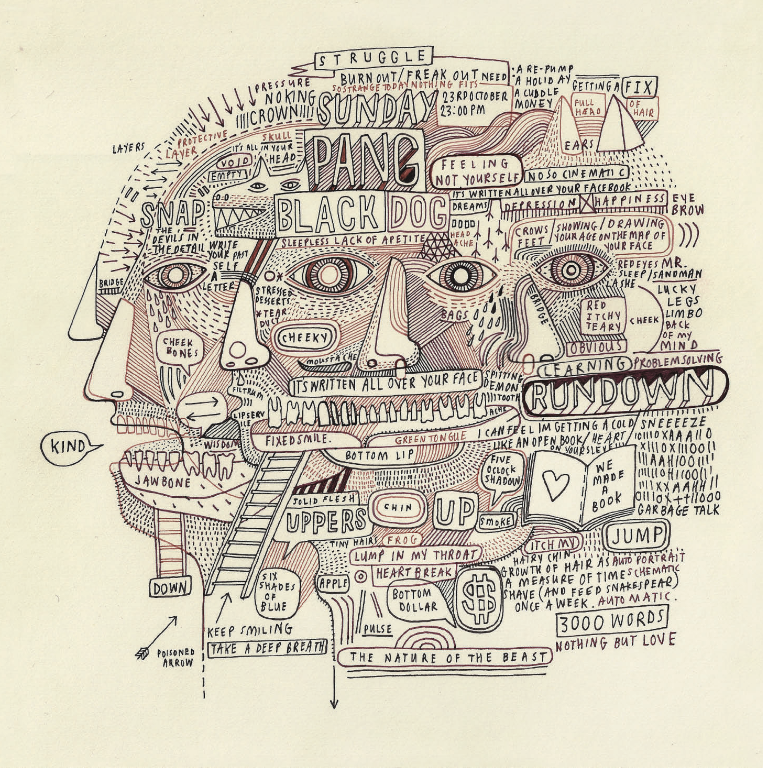
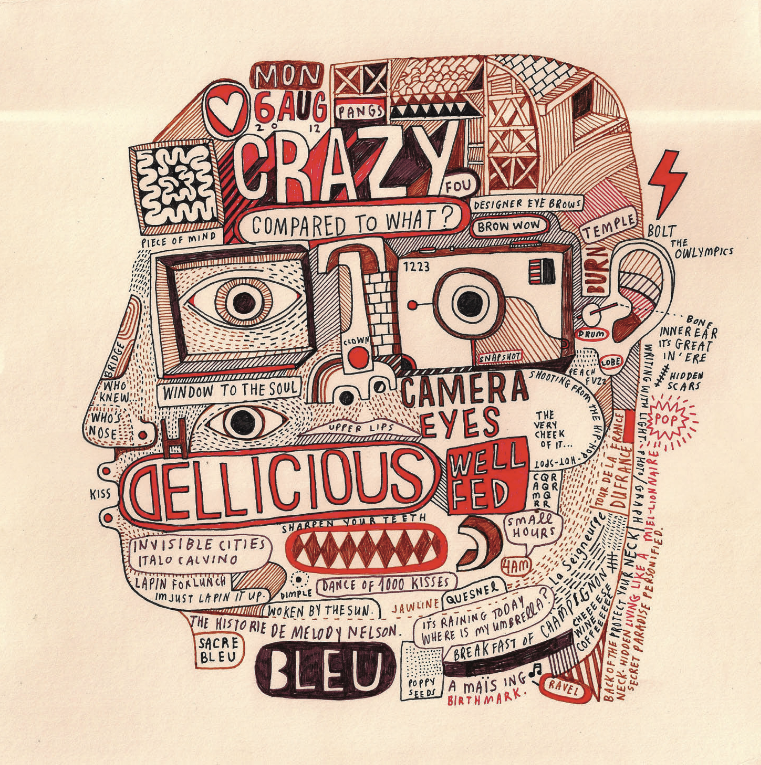
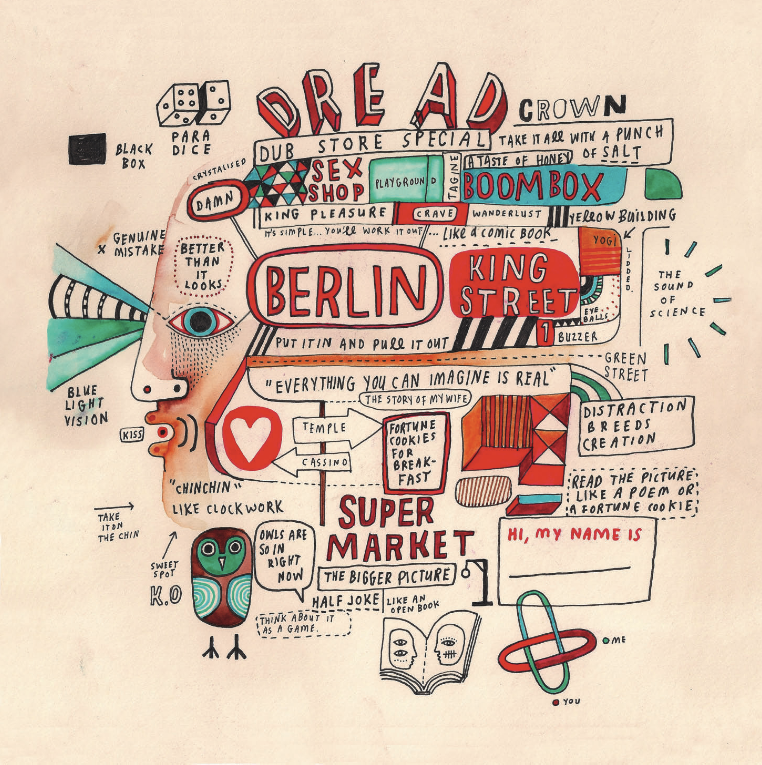


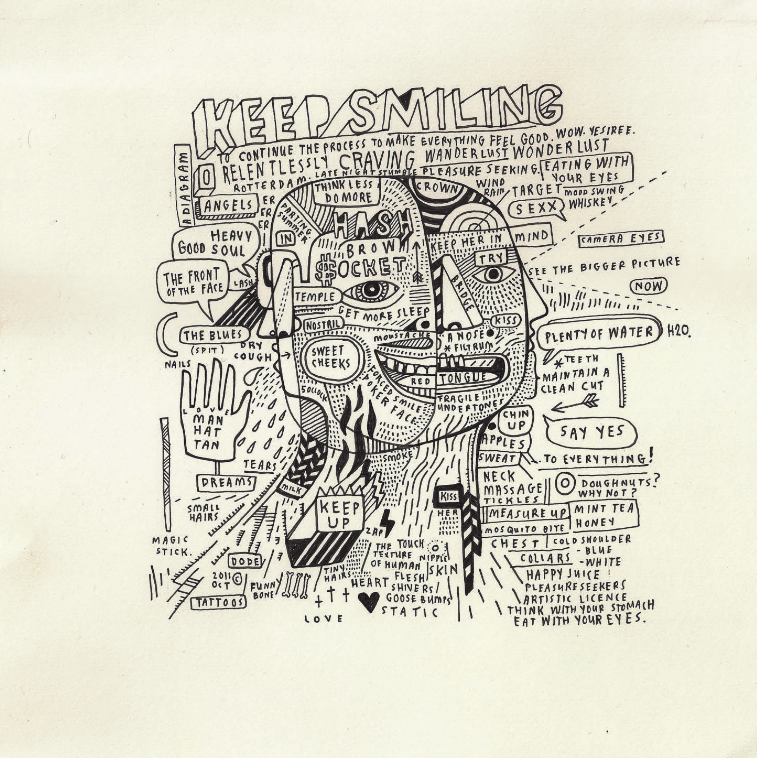
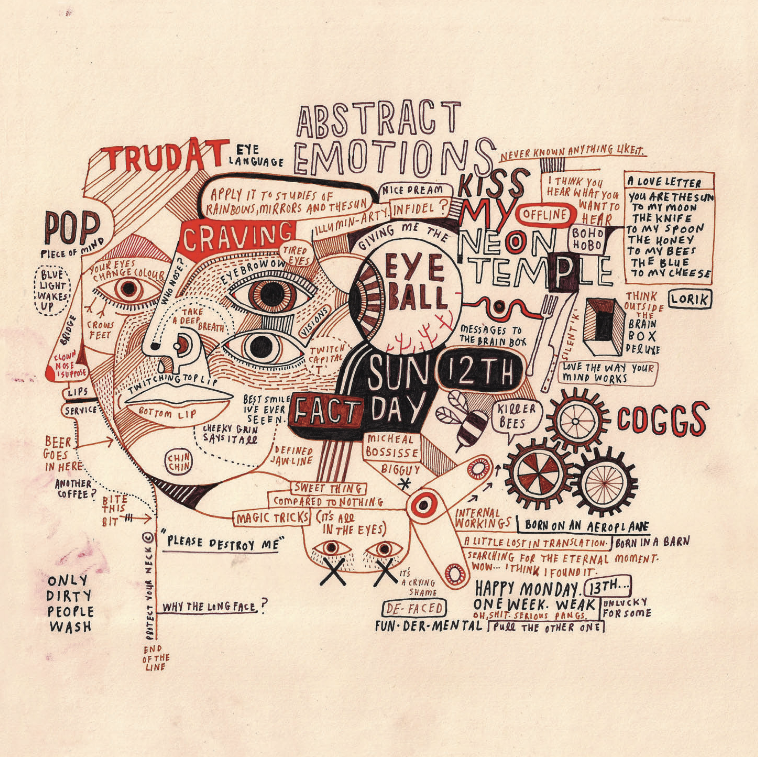
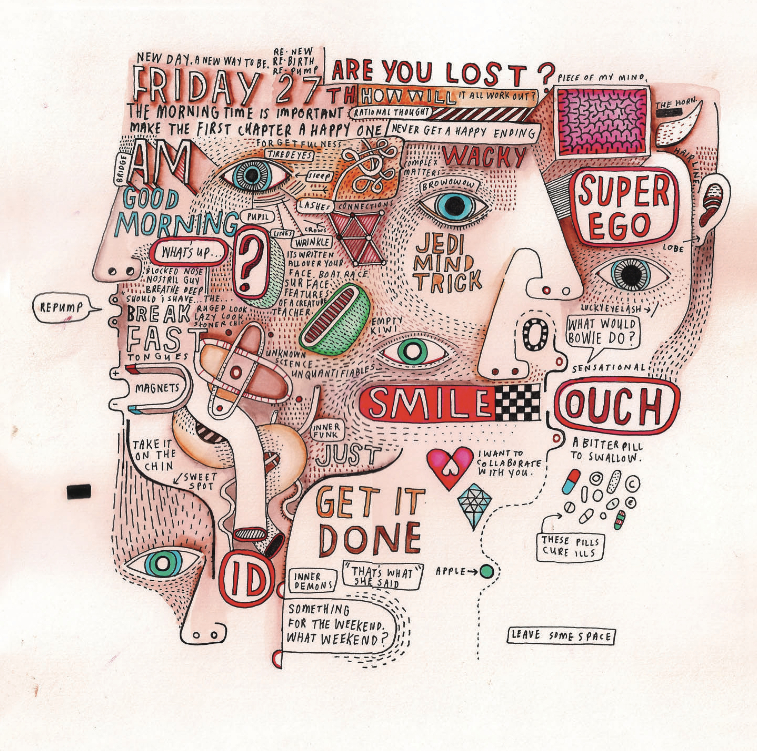
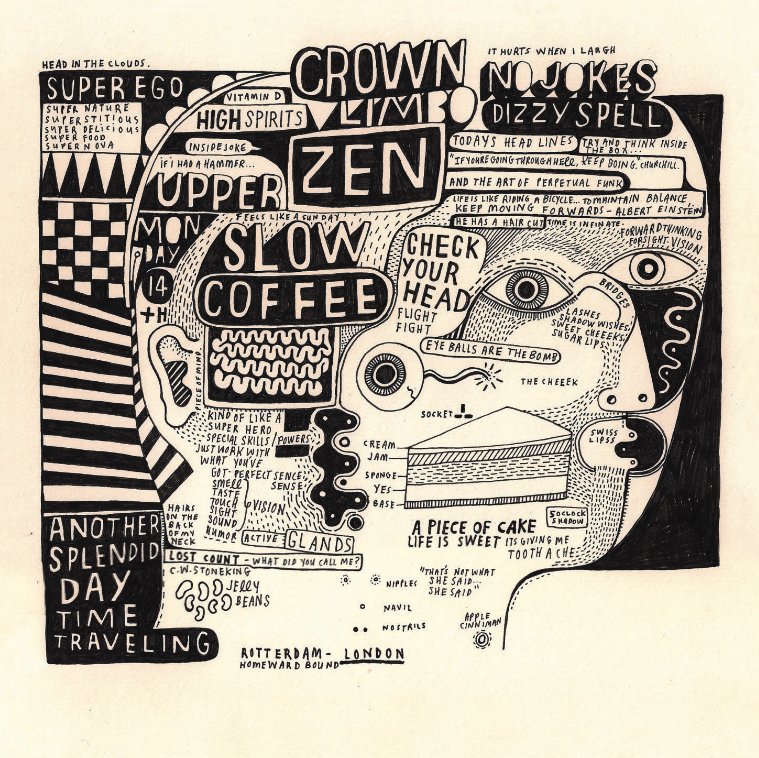
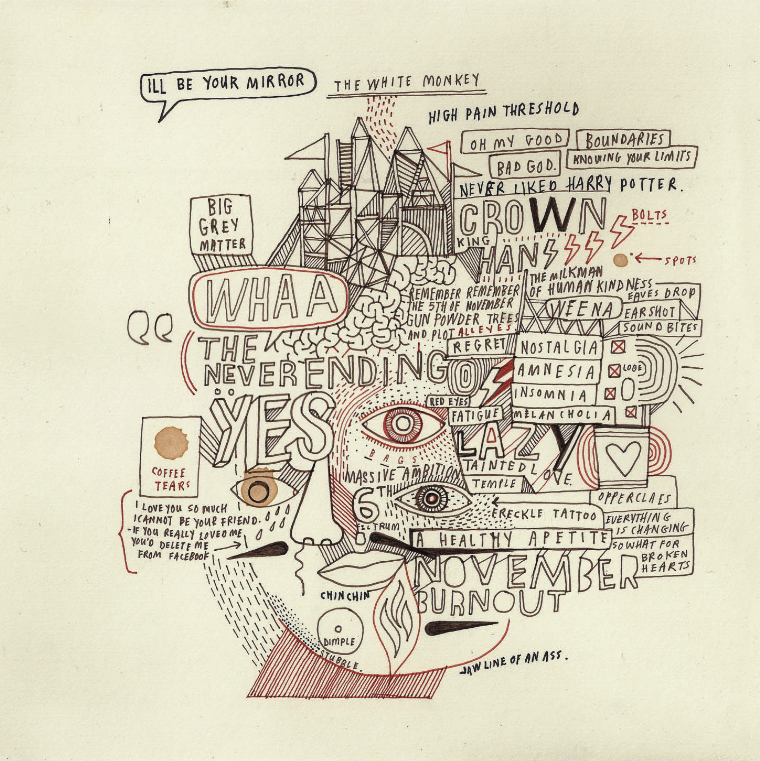
Also on HuffPost:

